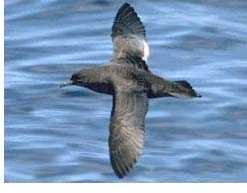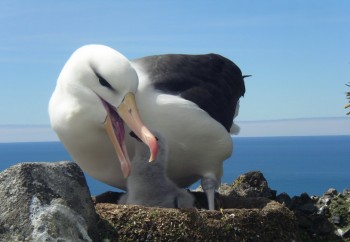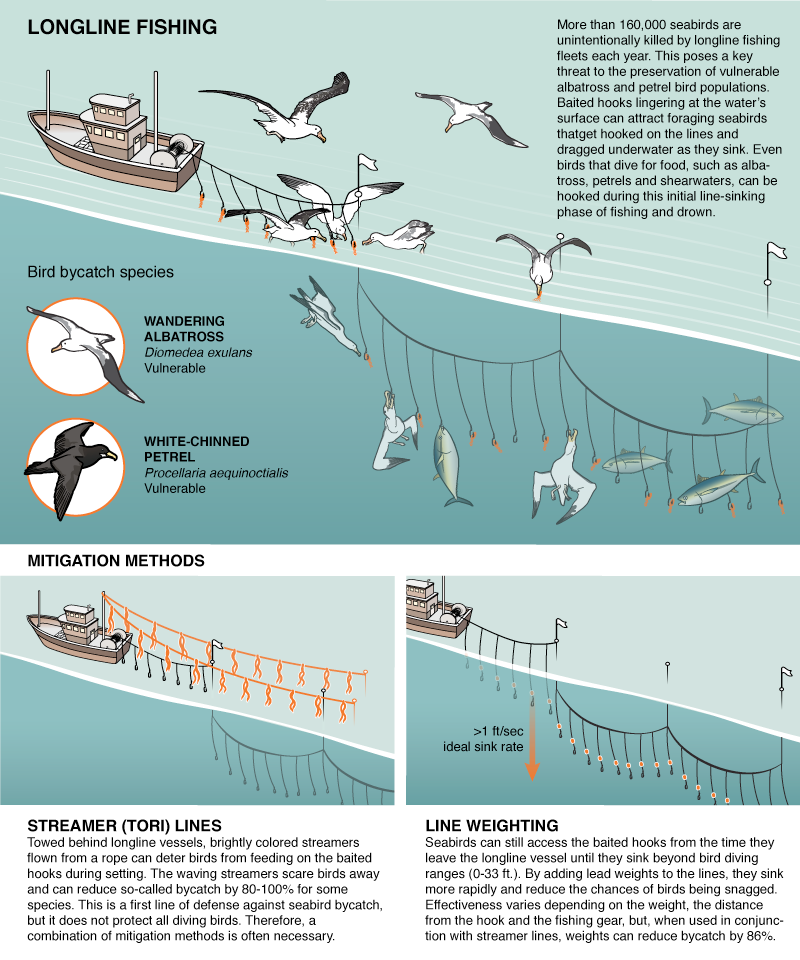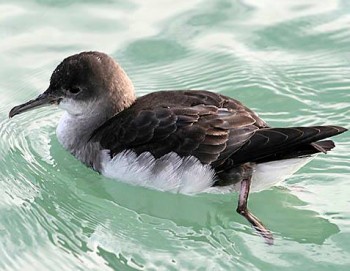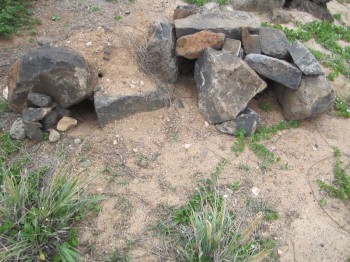Milton Avalos (Marine and Environmental Sciences Centre, Department of Life Sciences, University of Coimbra, Portugal) and colleagues write in the journal Marine Biology on changes in the foraging distribution of Cory’s Shearwaters Calonectris borealis in relation to changes in marine productivity.
The paper’s abstract follows:
“Seabirds due to their status as sentinels of the marine environment can indicate qualitative changes at various levels of the food web. Furthermore, changes in marine productivity have been correlated with fluctuations in large-scale atmospheric conditions driven by global indices, such as the North Atlantic Oscillation (NAO) index. During the winter of 2009/2010, the second lowest NAO index in history was recorded leading to detrimental conditions that influenced productivity levels in the northeast Atlantic. The response of the Cory’s Shearwater Calonectris borealis, during the period of ameliorating climatic conditions from this drastic event, was monitored in two islands with contrasting productivity patterns: Berlenga, located on the rich upwelling area of the Portuguese shelf; and Cima Islet (Porto Santo Island), located in a poor oceanic environment in the Madeira Archipelago. We collected a multi-year GPS-tracking data set (2011–2015) from adult breeders during the chick-rearing season to examine their at-sea foraging distribution. During a year of low productivity, kernel estimations demonstrated that Cima Islet birds expanded their home ranges and core foraging areas all over the northeast Atlantic, whereas Berlenga birds maintained their distribution close to the breeding colony. Once oceanographic conditions ameliorated from 2012 to 2015, birds decreased significantly their foraging effort, and oceanic breeders concentrated their activity closer to the breeding colony. Analysis of habitat use by means of Maximum Entropy Modelling confirmed distance-to-colony as the most important predictor in the distribution of Cory’s Shearwater. Environmental variables describing sea surface temperature, bathymetry, and chlorophyll a were more influential in Porto Santo, indicating higher sensitivity of the oceanic population to marine productivity proxies. Our study confirms that the Cory’s Shearwater possesses enormous flexibility in its foraging tactics and that neither oceanic nor neritic populations disperse randomly from their breeding colonies to the open ocean even under conditions of environmental stochasticity. Instead, populations breeding in contrasting environments vary in their responses according to their strategies and to the changing levels of marine productivity in the surroundings of their colonies.”
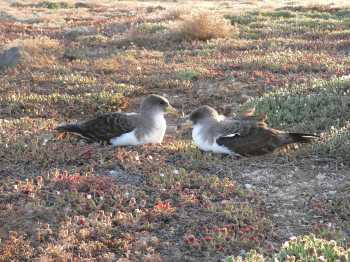
Cory's Shearwaters, photograph by Paulo Catry
Reference:
Avalos, M.R., Ramos, J.A., Soares, M., Ceia, F.R., Fagundes, A.I., Gouveia, C., Menezes, D. & Paiva, V.H. 2017. Comparing the foraging strategies of a seabird predator when recovering from a drastic climatic event. Marine Biology 164: 48. doi:10.1007/s00227-017-3082-4.
John Cooper, ACAP Information Officer, 20 March 2017

 English
English  Français
Français  Español
Español 